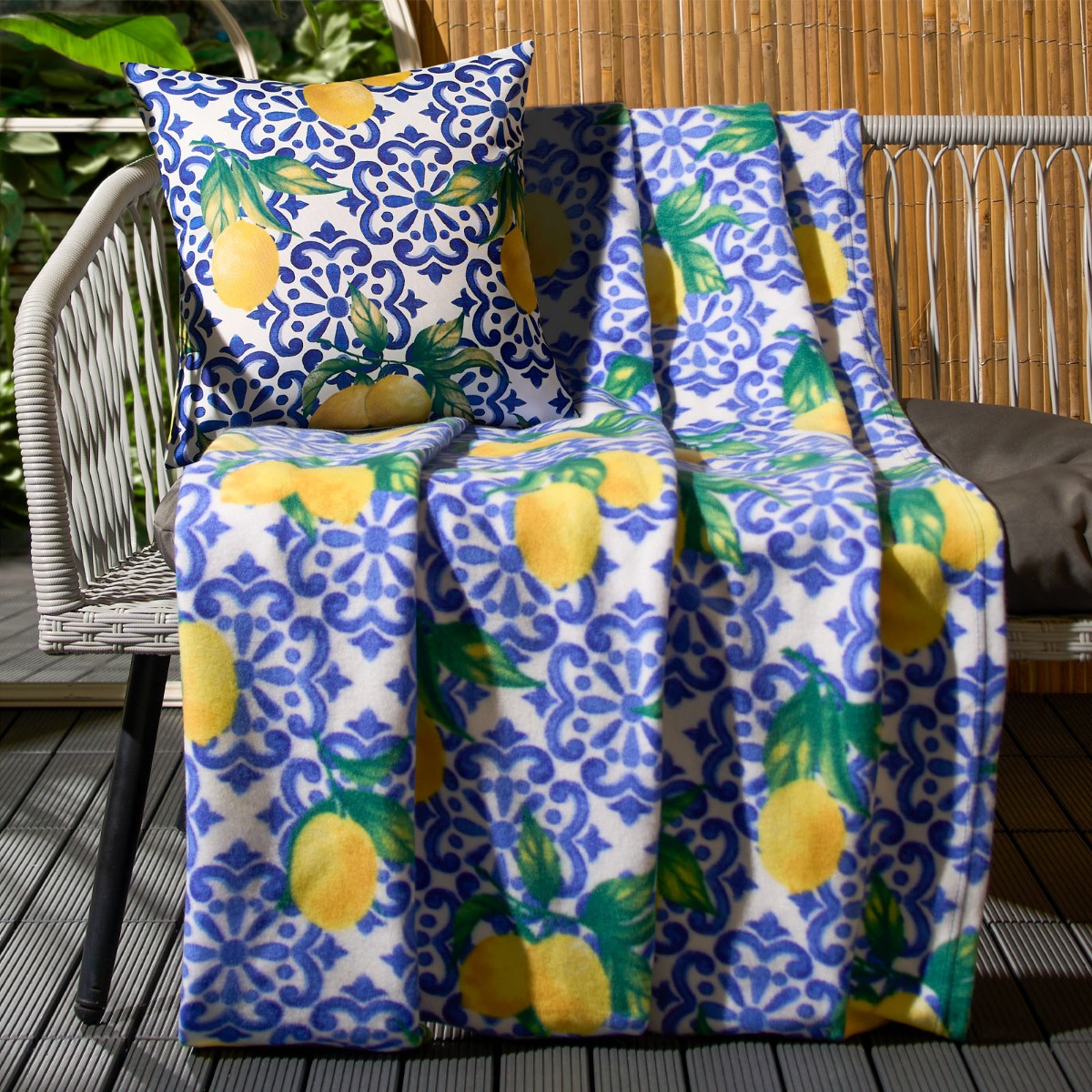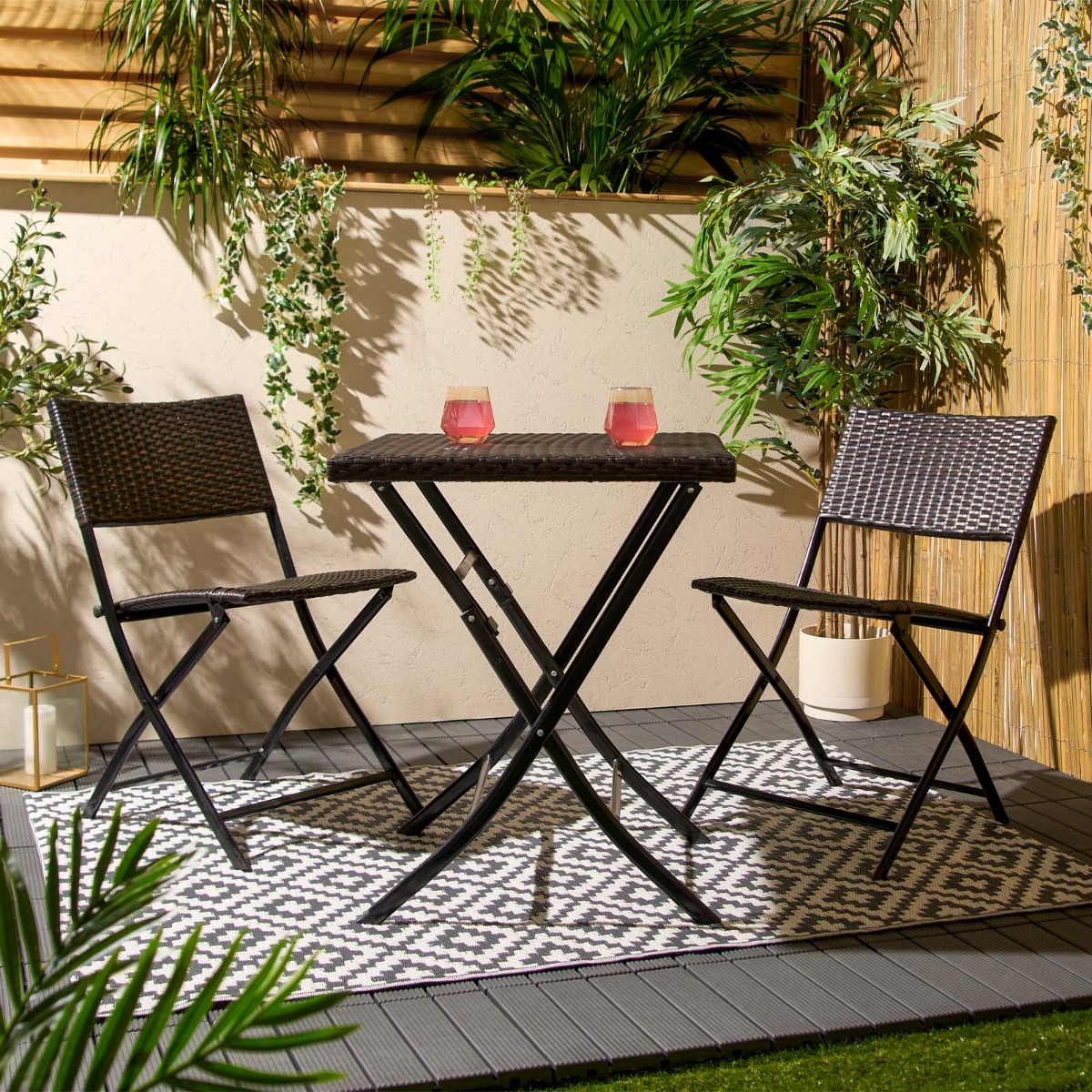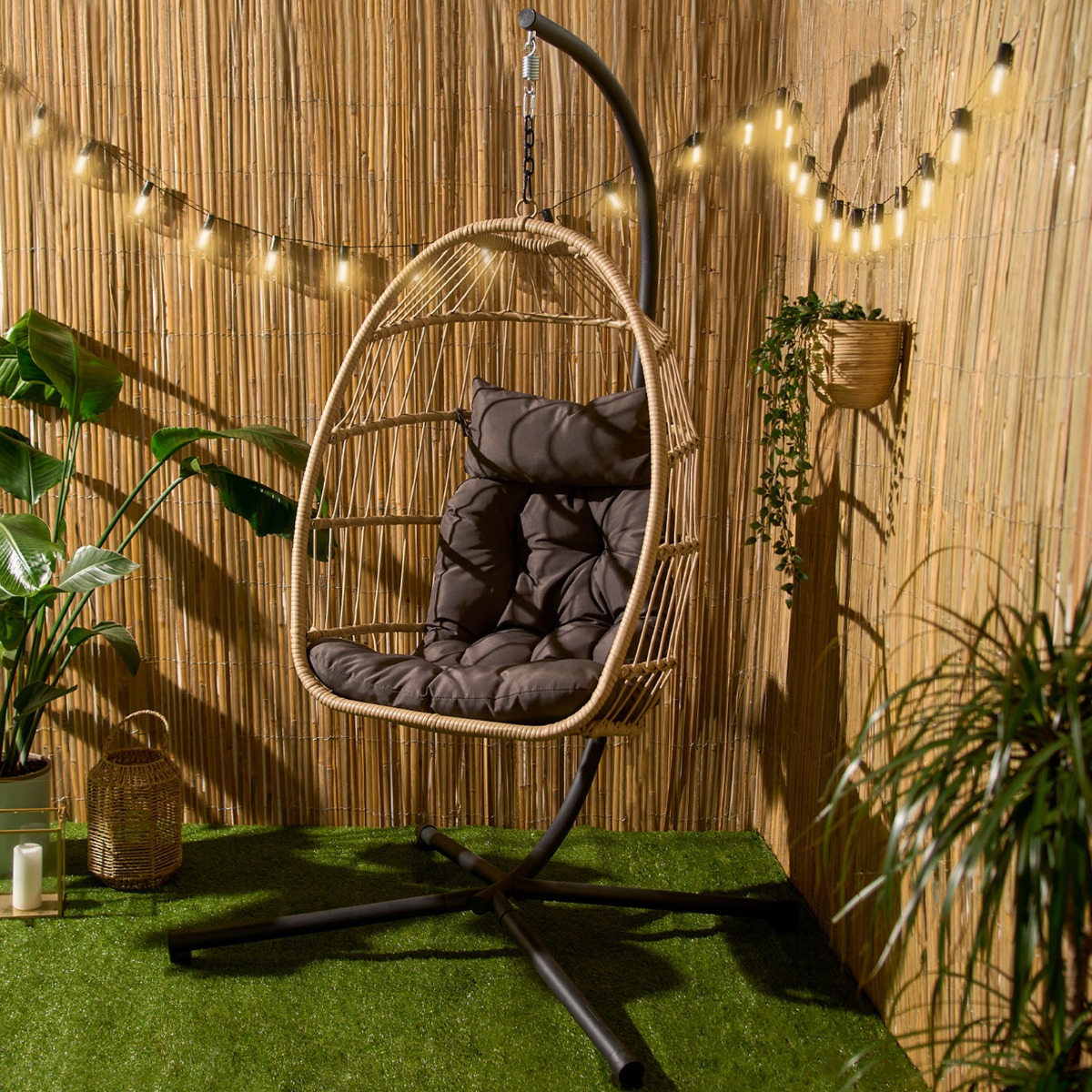Making your Garden More Eco-Friendly: Practical and Easy-to-Implement Eco-Friendly Gardening Ideas
Our world nowadays seems, and is, so fast paced. Many of us are lucky enough to live a life where we can complete multiple tasks in minutes, which might have taken days however many years ago. With pigeons abandoned and written letters reduced to gimmick, I find that life can speed by so quick that we miss out on the things that should take their time – like your garden. My garden is often a stress reliever, where things will sprout and grow and drag their feet, despite the whizzing pace of everything else. It reminds me to take my time and do things correctly. I have learnt that gardening in an eco-friendly way benefits my mindset, my budget, and my local wildlife. With an estimated 27 million gardens in the UK, the potential for many to refine their knowledge and skills on sustainable gardening is huge, and can benefit our local communities and collective mindset a good deal. By employing a few of these creative, simple, and shrewd ideas, you can grow your garden, regardless of its size, into a lively environment for plants and wildlife to thrive.
Composting
Composting is an effective way of converting organic waste into a valuable resource for your garden, and luckily for us it is also really easy once you know what you’re doing. This method of recycling offers a multitude of benefits for both your garden and the environment – not to mention your budget. Composting contributes to waste reduction, the structure and health of your soil, and the vitality of your plants.
There are a few important things to remember when getting started with composting. I recommend you choose a suitable location for your compost pile or bin – a well-drained area with good air circulation, ideally away from direct sunlight. When collecting materials for your composting, gather a mix of “greens” (nitrogen-rich materials like fruit and vegetable scraps, coffee grounds, grass clippings) and “browns” (carbon-rich materials like dry leaves, straw, paper). Professionals suggest a balanced ratio of roughly 2 parts brown to 1 part green in volume.
When building your compost pile or bin, start with a base of coarse materials like twigs or straw as this will aid aeration, or air circulation. Alternate layers of green and brown, adding water to keep the pile moist. Regulate the amount of water used as we want to avoid the pile becoming soggy. Turn your pile occasionally with a pitchfork or shovel to help aerate the compost and speed up decomposition. Once you’ve done this, the rest of the process is mostly about monitoring and maintaining your compost regularly. Add more greens and browns as needed to maintain a balanced mix and adjust moisture levels accordingly. With time and regular maintenance, your pile will transform into dark, crumbly compost that should have a rich earthy smell.
Once free of recognisable materials, the compost can be used in your garden. I incorporate my compost into the soil when planting new plants, or you can apply a layer around existing plants. By composting, you’re actively participating in a circular economy, where waste is recycled and repurposed rather than discarded.
Native Plants and Pollinators
Speaking of new plants, I would suggest you focus on planting native species as these offer a host of benefits for your garden. Planting native species is a fantastic way to support local ecosystems and attract beneficial pollinators like bees and butterflies. These are adapted to your region’s climate and soil conditions, making them more resilient and easier to maintain. Plus, they also offer food and habitat for local wildlife which contributes to biodiversity – so you really can’t go wrong. There is a good few different species that are native to the UK, some of which I will list below:
- Pasqueflower (Pulsatilla vulgaris) - Though now a very rare plant in the UK, these striking flowering herbs are easy to grow in well-maintained soil while in a sunny position. These bloom in the spring, usually around April.
- Primrose (Primula vulgaris) – a much loved flower in the UK, primrose should be planted in spring in moisture-retaining, well-drained soil and partial shade.
- Stinking Hellebore (Helleborus foetidus) – distinctive in look, stinking hellebore is a favourite plant of mine to grow. Featuring bold green foliage, this species blooms red-rimmed bells in the spring. These do best in partial shade and well-drained soil, but especially well in loam-based soil (soil which is mostly composed of sand, silt, and clay).
- Snake’s head fritillary (Fritillaria meleagris) – these flowers feature a unique pattern on their cup petals and a gorgeous pinkish-purple hue. Though capable of surviving in partial sunlight, these tend to thrive in direct sun and moist, well-drained, humus-rich soil. Your compost will also be your friend when planting these!
Natural Pest Control
Wanting to avoid the use of chemical pesticides, as these can harm beneficial insects and wildlife and pollute our environment and water sources, I recently started looking into Integrated Pest Management (IPM) – a holistic approach to pest control that emphasises prevention, monitoring, and eco-friendly solutions. Natural alternatives include neem oil, insecticidal soap, companion planting, and home remedies like garlic spray (add three crushed garlic cloves to sunflower oil and leave to infuse for 24 hours, after which add a single teaspoon of fresh lemon juice and 500ml water). Attracting beneficial insects and other varied wildlife like ladybugs, lacewings, and predatory wasps to your garden can help control pest populations naturally. By maintaining a healthy balance of predators and prey, you can minimise pest damage without resorting to harmful chemicals.
DIY Gardening Tools & Upcycled Planters
A little while ago, when I decided I was really going to invest some serious time in my garden before summer, I went out to get myself some tools… and then I saw the price. Although I would say some things are worth the investment for the quality, there are definitely some DIY alternatives that lend new life to old household items – further reducing waste and pinching on pennies!
- Detergent watering can – Drill or nail small holes into your large, empty detergent bottles for sturdy watering cans.
- Egg carton – Start your seeds in small sections of soil inside egg cartons until they are strong enough to be replanted in your garden.
- Plastic bottle greenhouse – You can simply cut away the base of your large, clear water bottles for a make-shift greenhouse for plants that require consistent heating.
- Milk plastic jug scoop – Cut sturdy plastic milk jugs at an angle for a scoop with a handle, perfect for digging patches of soil.
- Tablecloths, towels, and blankets – these can be cut into strips for secure ties to support your plant stems, as well as be utilised as planting tarps for containing mess and saving your topsoil. I’ve also found these useful for moving masses around the garden in the absence of a wheelbarrow.
- Spice holders and shower caddies – holders like these can be utilised in so many ways, but I personally use them to store left over seeds and smaller gardening tools.
Also, get creative with your planters by upcycling items from around your home. Old buckets, tin cans, glass jars, wooden crates, and even broken pottery can be transformed into charming planters with a bit of imagination and paint. Not only will you save money on expensive planters, but you'll also reduce waste by giving new life to unwanted items.
Local Resources and Community Outreach
With all this recent work on my garden, I have become aware of the abundance of local resources, workshops and clubs for amateur and professional gardeners to learn new skills and access affordable supplies. Many community centres, libraries, and botanical gardens offer free or low-cost workshops on topics like composting, organic gardening, and plant propagation. Connecting with experienced gardeners can also provide valuable advice, tips, and plant cuttings or divisions at no cost. Why not even host your own Plant Swap to further your relationships with fellow gardeners while expanding the variety of your garden?
To sum up, gardening is a journey of discovery and learning, so don't be afraid to experiment, make mistakes, and adapt as you go – I know I did all three! Lastly, explore the oh-so-affordable Garden collection from OHS to create a fabulous and decked out escape this summer. From gorgeous and practical throws and waterproof cushions to transformative garden furniture, I am pleased to report there are elevating elements suited to every taste and budget! Don't hesitate to share your garden journey and design choices with us via instagram and be sure to tag us at @OnlineHomeShopUK! #StyleWithOHS



